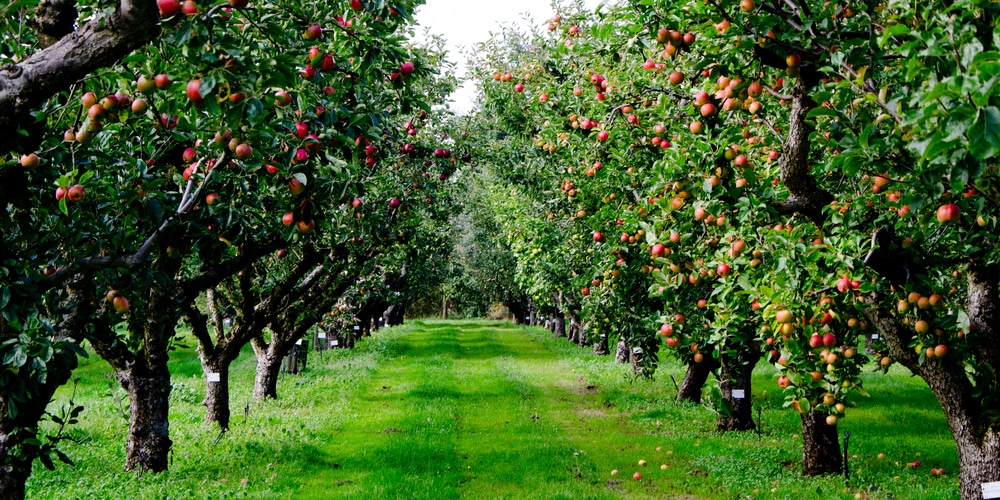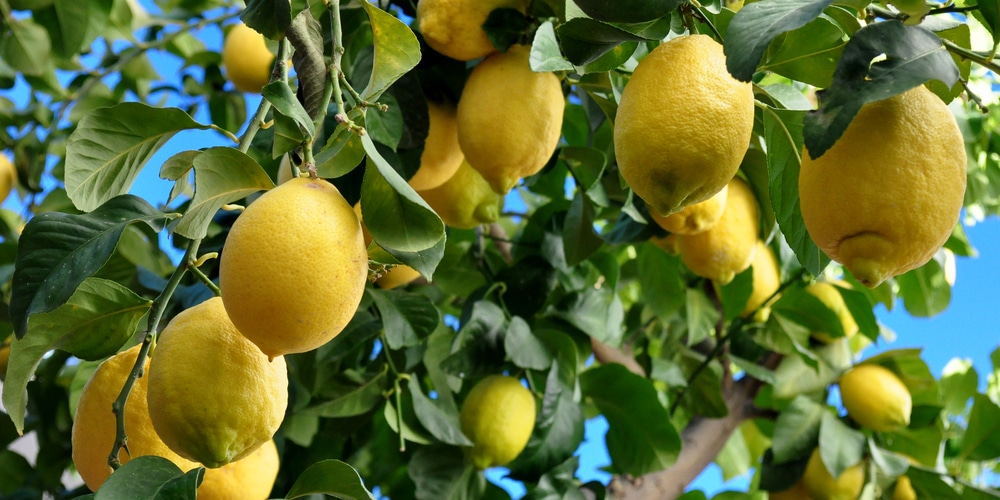According to research, Mississippi is among the most fertile region in the United States. But finding the ideal fruit tree to plant isn’t easy as you may think. Many fruit tree varieties require extensive care, while others are prone to pests and diseases. Therefore, determining the best fruit tree to grow in Mississippi is a great idea.
Best Fruit Trees to Grow in Mississippi
Based on science, there are various benefits of planting fruit trees. Trees provide stormwater management, reduce energy costs, lower carbon dioxide emissions, and provide long-term food production. Below are the best fruit trees to grow in Mississippi.
1. Fig Trees

Fig is a pest-resistant fruit tree that can do well in Mississippi. Scientifically, figs have numerous health benefits, including aiding in weight management, promoting digestive health, and maintaining healthy blood pressure. Growing fig trees is easy as they’re perfect for outdoor and indoor gardening. Most gardeners in Mississippi will grow figs in a pot and leave them outside during the summer. They’ll bring the figs inside their property before the first frost. Fig trees require minimal care and maintenance; they need to be watered once a week.
Some aspects can deteriorate the health of your fig trees; drought can stunt and kill these trees. Some varieties of figs will do well during the cold season, but most won’t produce fruits.
2. Peach Tree
There are various reasons peach trees perform well in Mississippi. For instance, peach trees can withstand harsh climatic conditions, unlike plum, pear, apple, and cherry trees. The humid and hot summers are ideal for growing peaches. If you have limited space for growing trees, consider planting a peach tree as they are relatively small and great for vertical gardening.
Some of the popular varieties of peach trees are Sunhaven, Redhaven, White, and Reliance. According to studies, peach trees grow rapidly compared to other fruit trees in Mississippi. Statistically, most peach trees bear fruit within one and two years after planting.
3. Apple Trees
Apple trees are ideal for any spacious yard. Growing apples is easy as the trees don’t need fertilizer or extensive care. A healthy apple tree requires little pruning. In Mississippi, apple trees thrive during the cold spring and cooler fall months. Apple trees also tend to produce bountiful harvests in Mississippi. The fruits can be harvested from late August to early November.
Some things can harm apple trees, including diseases, insects, and pests. Some of the common pests that can lower the productivity of your apple trees include squirrels, rabbits, and deer. In addition, aphids and Japanese beetles are among the most common insect infestations. Trees can also be affected by mold and blight, which in the worst cases can kill apple trees.
4. Plum Tree
There are several health benefits of eating plums. They reduce blood sugars, lower anxiety, improve cardiovascular health, enhance bone health, and prevent stroke. Plum trees are ideal for small spaces, unlike cherry, pear, and apple trees. Never worry about space when planting plum trees because they grow ten feet high and eight feet wide.
Plums can also thrive in heat; they are relatively disease-proof and resistant to insects. Wet conditions can harm your plum trees. Therefore, you should consider planting plum trees in an area that experiences direct sunlight. Also, ensure the soil has excellent drainage to reduce the likelihood of your tree suffering from root rot.
5. Pear Tree
The most popular varieties of pear fruit are Bosc, Barlett, Anjou, and Kieffer. Pear fruits have anti-inflammatory properties, which are said to provide anticancer effects. In addition, pear fruits play a significant role in lowering the risk of diabetes and promoting gut health.
Pear trees do well in Mississippi because they’re cold-hardy. They bloom early and bear fruits during the summer months.
According to research, pear trees do well in areas with high humidity, high heat, and drought. These properties make it perfect for planting pear fruits anywhere in the yard. Most residents of Mississippi with small garden space opt for gardening pots.
Wet conditions and insects can reduce the productivity of your pear tree. Trees can be affected by aphids, which can attack and infest trees. The pear tree does well in the cold and heat but struggles with wet conditions based on science. Wet conditions can cause root rot, thus killing or harming your pear tree.
6. Nectarine Tree
Some of the most common nectarine fruits in Mississippi include Redgold, Fantasia, and Sungo. The nectarine plant is perfect for vertical gardening, especially if you have a small yard or you’re an urban gardener. Nectarine trees don’t grow very wide.
Taking care of nectarine trees isn’t complex because they love the heat. High temperatures play a significant role in improving the taste of nectarine fruits. In addition, nectarine fruits grow incredibly fast, and you can expect to have fruit after just one to two years.
During the summer, nectarine trees are prone to diseases like rot, fungus, and blight. Also, nectarine trees struggle during the colder season.
7. Cherry Tree
Cherry tree flourishes during both the warm and cold weather. Cherries produce more yields, especially compared to pear trees and plum trees. Montmorency, Van, and Bing are some of the popular types of cherry fruits in Mississippi.
The downside of growing cherry trees is that they don’t like wet conditions. Additionally, birds eat cherries if you don’t cover your trees with netting. This may lower the overall yield.
8. Lemon Trees
Lemons are excellent sources of calcium, potassium, vitamin C, magnesium. These minerals are crucial for maintaining strong bones, reducing your odds of developing cancer, maintaining a healthy heart, and preventing diabetes. You can grow lemon trees in Mississippi because they love the heat. Lemon plants require minimal attention because they thrive in warmer weather conditions.
Best Fruit Trees to Grow in Mississippi: Conclusion
Other great fruit trees to grow in Mississippi include mulberry tree, apricot tree, and a quince tree.





